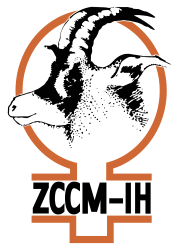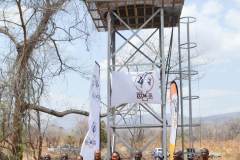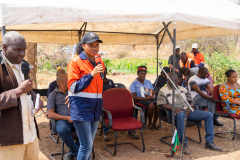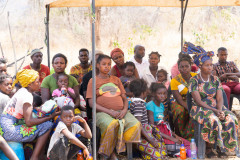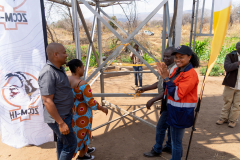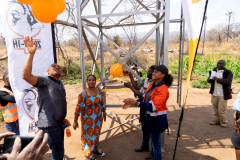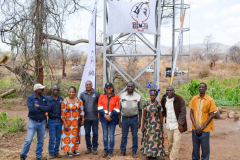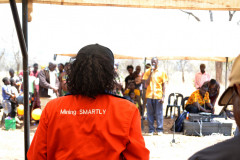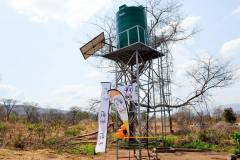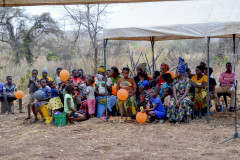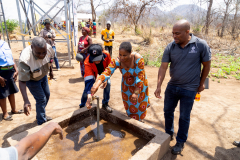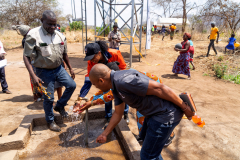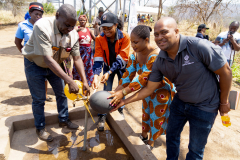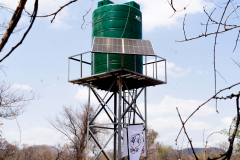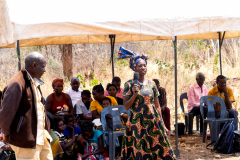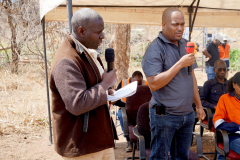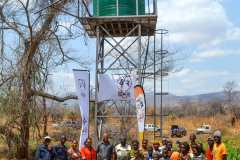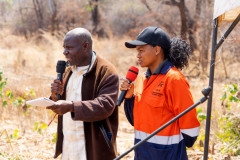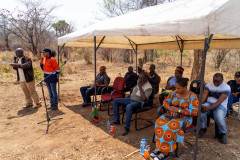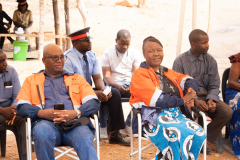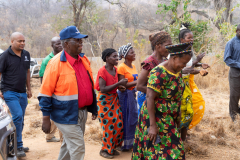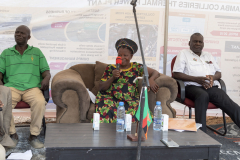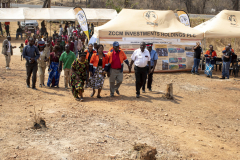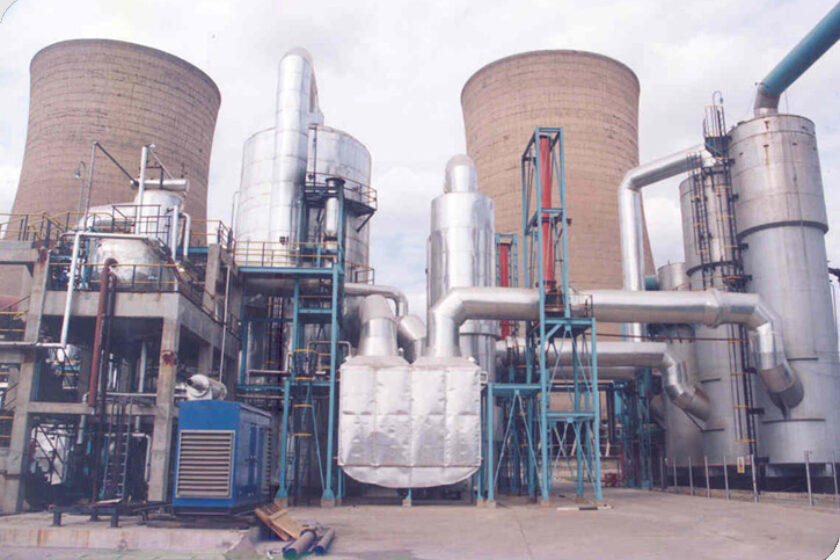ZCCM Investment Holdings (ZCCM-IH) has donated a solar powered water borehole and a 10, 000 litre water tank to the Lukwipa Community in Rufunsa District. The donation has been made as a part of the ZCCM-IH “Clean Water for Zambia” initiative born from the United Nations Sixth Sustainable Development Goal to provide clean water and sanitation to all by 2030.
Handing over the borehole to the Lukwipa Community, ZCCM-IH Chief Financial Officer, Ms. Chilandu Sakala, said the installation of the solar powered borehole in Lukwipa is a demonstration of ZCCM-IH’s social corporate responsibility of value creation in the communities that the company invests in.
“As a company, we deliberately balance the support we give through our corporate social responsibility activities to communities where value creation of the company’s investments exists, and other areas not necessarily directly connected to where a ZCCM-IH asset or investment is located. We strongly believe that areas that we do not have direct business interests should also be included in our CSR activities so that all Zambians can benefit from the company’s operations.” ZCCM-IH in collaboration with its subsidiary, Zambia Gold Company Limited (ZGC) are currently carrying out exploration works in Rufunsa District and are committed to ensure that benefits of their presence in Rufunsa are delivered to the community.
Her Royal Highness Chieftainess Mpanshya, and Rufunsa District Commissioner, Mr. Richard Mabena graced the event held in Mika village.
Chieftainess Mpanshya expressed happiness that ZCCM-IH had installed and officially handed over the borehole. “When touring my chiefdom, I noticed that there was a great challenge of water in the community, and this borehole will ease the hardships that were faced before its installation” said Chieftainess Mpanshya who further urged the community to look after the borehole and protect it from vandalism or theft of the solar panels in particular.
Also speaking at the handover event, Rufunsa District Commissioner, Mr. Richard Mabena urged any would be investors and those operating in the area to invest in the community as part of their corporate social responsibility obligation. Mr. Mabena said such investments would help improve the living standard of the local community. He noted that there was a lot of charcoal burning and deforestation in the area, which would now be averted by the availability of water in the area for farming and other activities.
The water borehole was officially handed over and commissioned by ZCCM-IH Board member Bishop John Mambo in the company of Mrs Chilandu Sakala and Zambia Gold Company members of staff. ZCCM-IH has sunk three solar powered boreholes in the Rufunsa area that are equipped each with a ten thousand litre tank and tank stand, all valued at a combined cost of 862,000.00 Zambian Kwacha.
